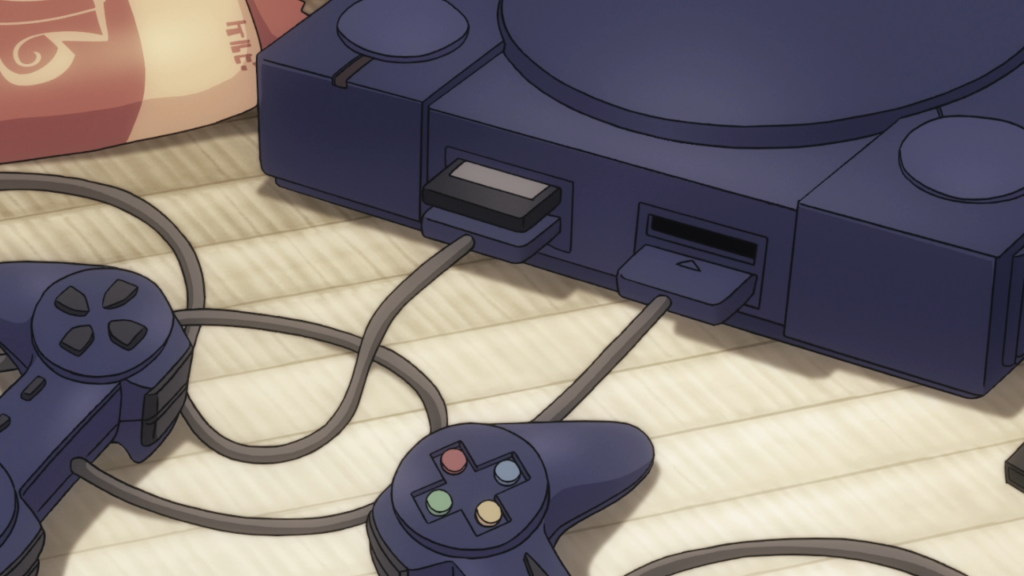Sony is about to own the US anime market.
Earlier in 2020, it came out that AT&T was looking to sell Crunchyroll. See, AT&T is in a mountain of debt, and it’s been downsizing and selling off divisions.
Initially, they offered Crunchyroll to Sony at $1.5 billion, an offer Sony rejected. After shopping Crunchyroll around at $1 billion for a little over a month, it appears Sony is buying at just over $950 million. (Update: Sony and AT&T have now confirmed the acquisition at $1.175 billion.)
While it might not seem like a big price drop, Sony’s strategy is deeper.
Sony’s Grand Strategy
Guaranteed, Sony doesn’t think they’re getting a “good price” on Crunchyroll. If they paid $143 million for Funimation in 2017, there’s no way Crunchyroll is worth $1 billion now. This pending Sony acquisition of Crunchyroll is purely a strategic move.

Sony wants to dominate the anime world. Their media strategy is set up to do that. As a result, buying Crunchyroll is less a matter of getting a good price, and more a matter of getting it before someone else does.
Which is to say, Crunchyroll itself isn’t worth it, but their market share is. Between Crunchyroll and Funimation, Sony will own the vast majority of current US anime licenses.
Why Would Sony Want Crunchyroll?
Crunchyroll has been bleeding consumer goodwill for years.
There was the scandal where they were found cutting their bitrates. There was the scandal where they censored a game they promised not to censor. There’s their well-documented translator pay issue, while also buying a swanky new office.
But at Sony’s level, none of that really matters. They have their own streaming infrastructure through Funimation. Sony could solve all these problems by acquiring Crunchyroll and gutting it. Take what’s valuable and cull the rest.
Things like Crunchyroll Originals, Crunchyroll Games, Crunchyroll Expo, and The Anime Awards probably don’t survive this. What’s valuable is the licenses Crunchyroll holds.
Who Else Wanted Crunchyroll?
We don’t know who else AT&T approached with Crunchyroll. We do know, however, that whoever it was wasn’t paying $1 billion for it.
Hulu is worth a little over $15 billion. They’ve dabbled in anime for a while, but were never particularly aggressive about it.
Amazon is worth over $1 trillion. They could easily add Crunchyroll’s properties to Prime Video. But the failure of Anime Strike probably soured them on the anime market in particular.
Netflix is worth well over $150 billion. They’ve also been pretty aggressive about anime. However, their aggression is targeted. Their focus has been on funding productions. Nonetheless, Crunchyroll’s licenses would be valuable.
But Netflix throws around billions like Halloween candy. Why did they let Sony get Crunchyroll?
Sony’s Winning Strategy?
If I was to speculate, the reason Netflix and other companies didn’t move on Crunchyroll is because they know anime won’t scale for them. Amazon already tried with Anime Strike. And while Netflix does fund anime productions, it’s a toss-up how many new subscribers Crunchyroll’s licenses would bring them.
Sony, on the other hand, specifically wants to dominate anime. Crunchyroll is a step in that direction. They should, however, be prepared to spend money propping up both Funimation and Crunchyroll. Or else change their business model around anime.
As I discussed before, the Western anime market is fundamentally trying to do with anime something anime isn’t primarily meant to do: Sell the anime itself as a product. For the Funimations and Crunchyrolls of the world, add to that the need to sell to an ever-increasing market.
Selling anime at scale to anyone but a niche is an uphill battle. “Mass appeal” exists for only a few anime. Marketing the medium to a mass audience is antithetical. It involves spending an increasing amount of money on marketing to sell to a more and more general audience.
Obviously Crunchyroll wasn’t bringing in enough to make money for AT&T, despite their prolific marketing. Perhaps the combined resources and brand recognition of Funimation and Crunchyroll can turn a profit, but will that satisfy Sony, money-wise?
Or is dominating the US anime market important enough for Sony to prop up that enterprise, even if it falls into loss?
What Happens Next?
Sony’s penchant for censorship in videogames is well-known. They haven’t done well reining Funimation in either. And in a world of exclusive licenses, their only competition is piracy, which plenty of anime fans are happy to do if their product doesn’t meet expectations.

If Sony wants to see success dominating the anime market, they need to understand what hardcore anime fans want. People who spend money on anime want something specific when they spend their money, and it’s worth it to serve them. Anime fans are loyal consumers, but only when they want what’s being sold to them.
Sony’s current reputation isn’t good, especially with Funimation under their wing. If they’re serious about their media strategy, however, they need to shape up that reputation. They need to do better with Funimation, and better than AT&T did with Crunchyroll. And to do that, they need to respect their consumers, above all else.
What remains to be seen is how Sony will handle Crunchyroll. Two things, however, are apparent:
- Nobody but Sony wanted Crunchyroll
- Sony, nonetheless, is probably the best company that could’ve bought Crunchyroll
And that’s scary.
